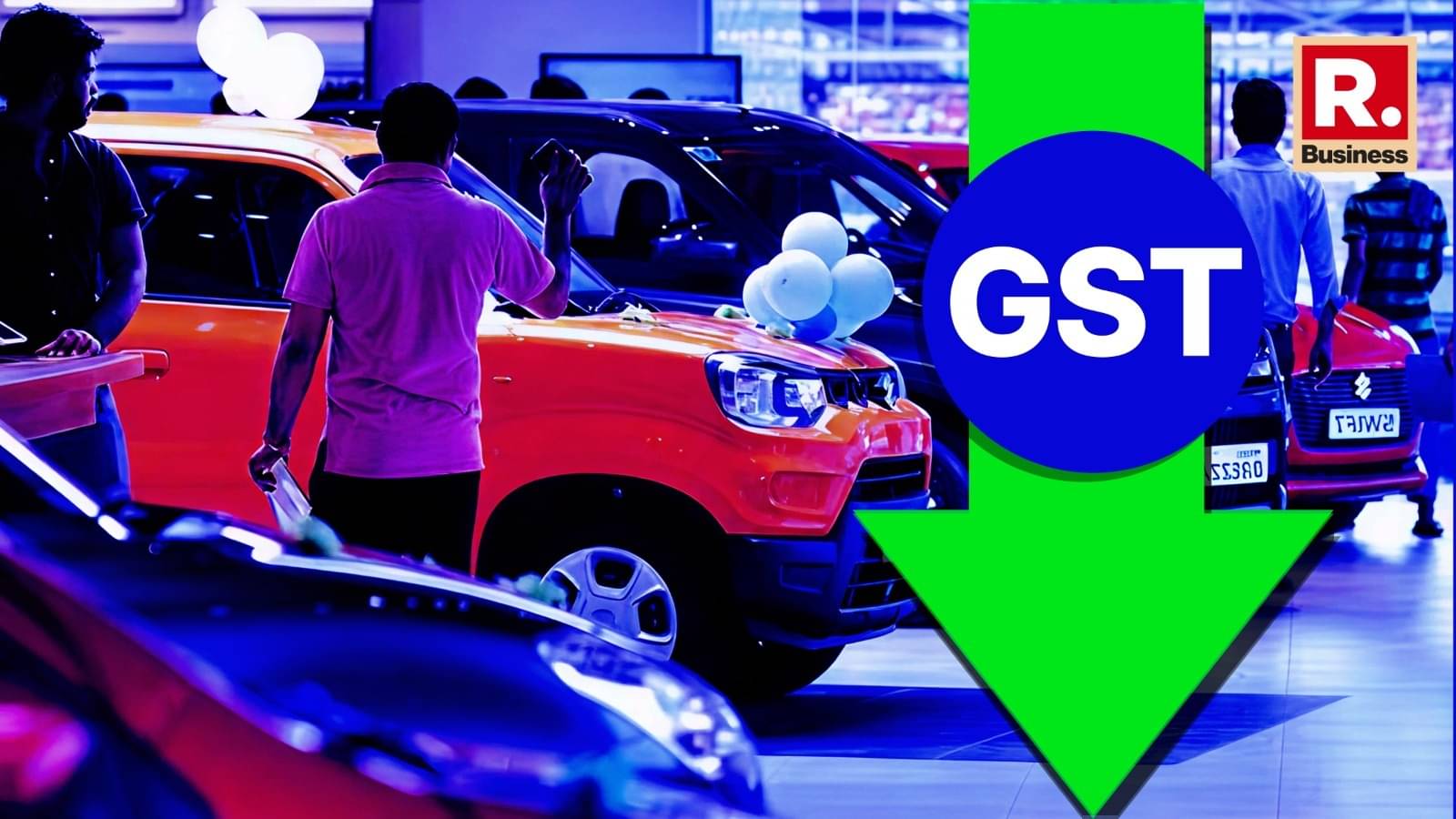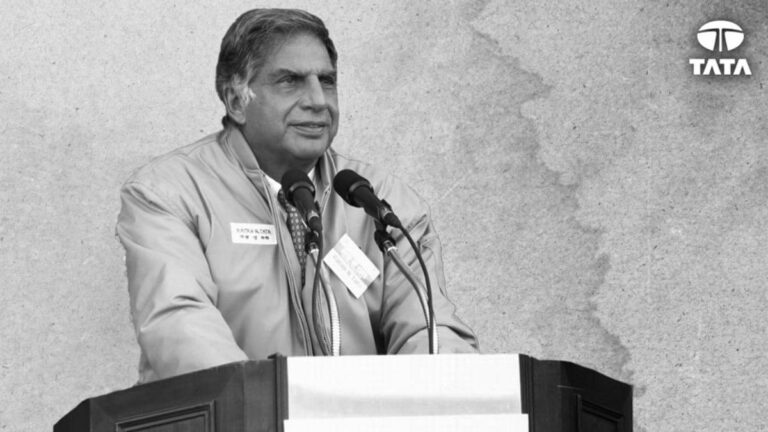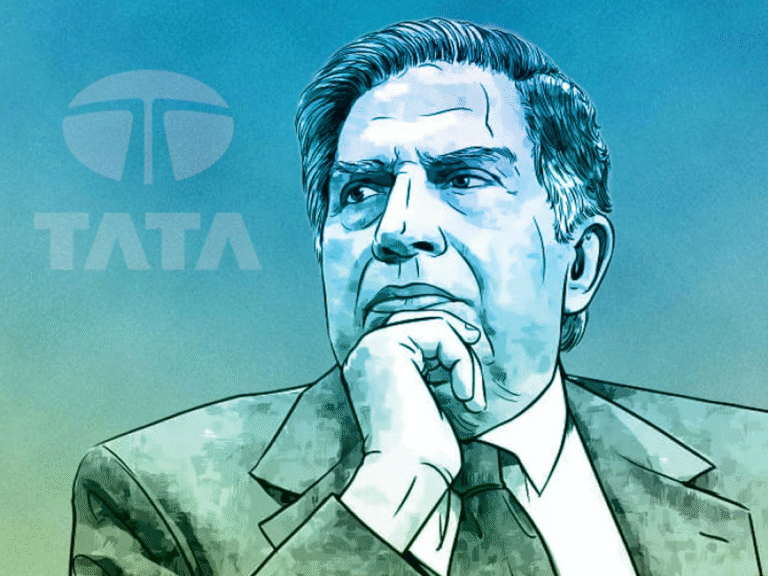As the festive season commenced on September 22, 2025, the sales of passenger vehicles and two-wheelers experienced a notable uptick. A report from Citi Research indicated that this surge in demand was fueled by pent-up consumer purchasing from the previous month and a decrease in prices following recent changes in the Goods and Services Tax (GST).
The report further elaborated that wholesale shipments from some original equipment manufacturers (OEMs) remained somewhat subdued due to two primary factors: delayed collections by dealers and logistical hurdles. In contrast, the tractor segment demonstrated impressive performance. Analysts are optimistic about a robust report for October, anticipating that the overall sentiment and the full effects of GST reductions will significantly influence sales figures.
Bajaj Auto has reported a commendable five percent increase in domestic two-wheeler sales compared to the same period last year, complemented by a remarkable month-on-month growth rate of 48 percent. The company’s export performance also remained stable, reflecting a 12 percent year-on-year increase. However, in the commercial vehicle sector, domestic sales saw a slight decline of one percent year-on-year, whereas exports experienced a substantial rise of 67 percent compared to the previous year.
TVS Motor Company also shared positive news, reporting an 11 percent growth in overall two-wheeler sales. Domestic sales surged by 12 percent year-on-year, and the company noted an eight percent increase in electric vehicle sales. Meanwhile, Hero MotoCorp recorded a five percent rise in domestic two-wheeler sales, with overall volumes up by eight percent year-on-year. The company’s exports saw a dramatic increase, nearly doubling with a 95 percent year-on-year growth.
Maruti Suzuki reported a strong retail demand, achieving around 200,000 vehicle deliveries alongside 250,000 pending orders, according to a press release and various media reports. However, wholesale figures fell by eight percent year-on-year when excluding sales to Toyota, primarily due to logistical challenges that are anticipated to improve in early October. When including Toyota’s numbers, domestic sales showed a decline of six percent year-on-year, whereas exports soared by 52 percent year-on-year, leading to an overall volume increase of three percent.
Hyundai also experienced a positive trend, with its domestic sales climbing by one percent year-on-year, indicating a recovery phase, while exports surged by an impressive 44 percent. Mahindra & Mahindra reported a robust ten percent increase in utility vehicle sales, complemented by an astonishing 50 percent growth in tractor sales. This surge in tractor sales can be attributed to heightened demand during the Navratri festival, despite some limitations in trailer availability.
Tata Motors showcased a strong performance in the market, with domestic passenger vehicle sales climbing by an impressive 45 percent year-on-year. The commercial vehicle sector also demonstrated steady growth, particularly in small commercial vehicles and pick-ups, which reported a 30 percent year-on-year increase. Ashok Leyland, on the other hand, noted an increase in truck sales, with medium and heavy commercial vehicles growing by five percent year-on-year, although bus sales took a hit with a nine percent decline.
Eicher Motors celebrated unprecedented success with its Royal Enfield brand, achieving record sales of 124,328 units, representing a remarkable 43 percent year-on-year increase. Sales of larger models, specifically those exceeding 350cc, also saw significant growth, despite the imposition of higher GST rates.
This report indicates that while September marked the initial signs of festive enthusiasm in the auto sector, October is poised to deliver even stronger sales figures, bolstered by the full realization of GST benefits and improved logistics. As the market continues to recover, stakeholders remain hopeful for sustained growth throughout the festive period.
















